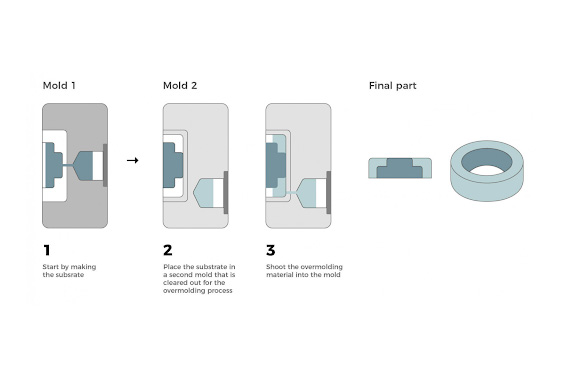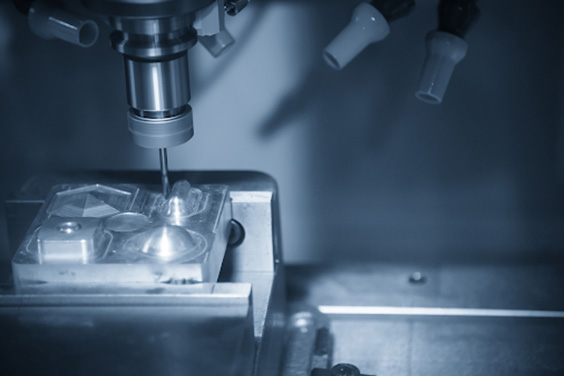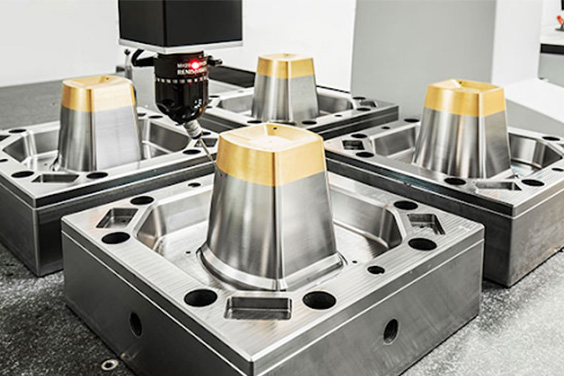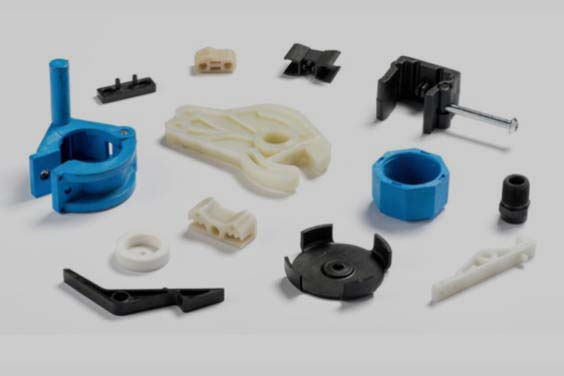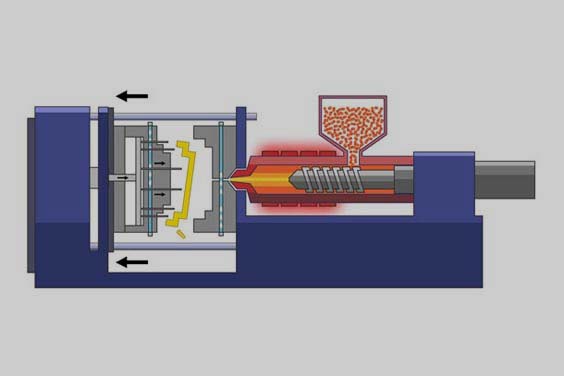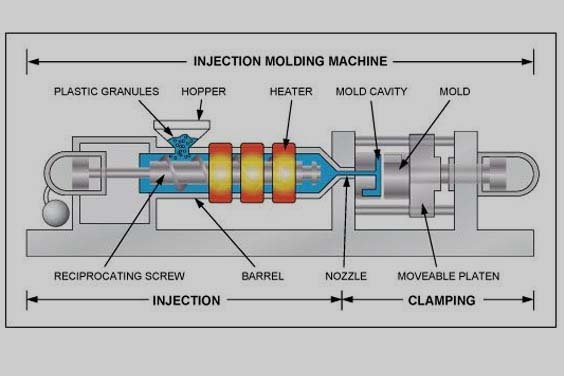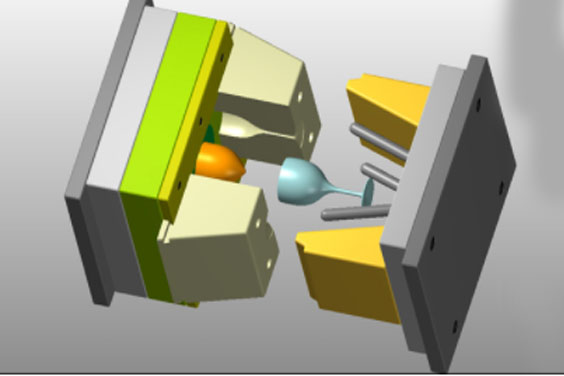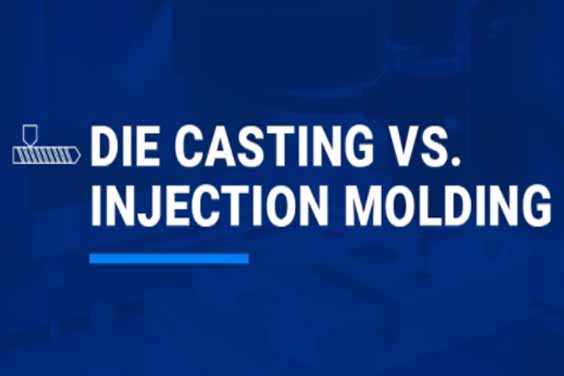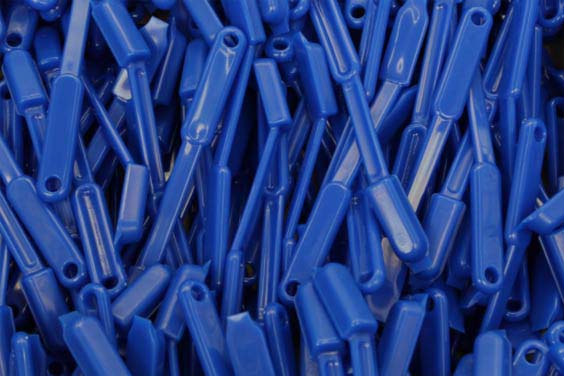
Everything You Should Know About Overmolding
- Home
- > Blog
Share :
Share :
Have you ever heard of the process of ‘Overmolding’? It is a procedure through which you can combine different materials into one object. It is possible to combine plastic or rubber materials. There are two types of techniques to do this process, i.e., Insert molding and Multiple-shot molding.
This molding technique is relatively popular among various pail manufacturers or other industries. If you are working on a project where you need to combine objects, you must know everything about overmolding and its different techniques. Understand the entire process and determine how it is helpful for your manufacturing project.
What is the Overmolding Process?
It is an injection-based molding process, which helps in combining two or more types of materials to create a single object. One can join the connector and wire to make it one part. Place the cable inside the mold.
The first material is known as substrate, which we cover with other materials. With the help of a rigid advanced prototype molding, you can overlay it with the TPU layer by two techniques, i.e., Single and Multiple shot molding.
The overloaded cables are known as full assemblies, i.e., a combination of connector and wire into a seamless piece. When you place the cable inside the mold, inject molten plastic into its cavity. After cooling and solidifying the plastic material, it will take the mold shape. You can encapsulate a combined point between the wire and connector.
Benefits of Overmolding
The main advantage of overmolding is better reliability and increased lifespan. When you overmold various components, you create a protective layer that helps it in surviving extreme environments. Let us consider some of its other benefits to realize its importance.
- It is easy to enhance the flexibility of the cable, especially at the exit. This place is quite crucial because of its frequent movement between a connector and a cable.
- Overmolding can provide resistance to shock and abrasion.
- It helps in making the cable assemblies tamper-proof. It can encapsulate the components that lie in a sealed resin.
- The molding product can get strain relief of 360 degrees with enhanced pull strength.
- It can create a seal, i.e., water-resistant, and make cable assemblies suitable for IP certification.
- There is a possibility to improve the appearance and quality of the cable assemblies. You can replace them with costly metal backshells.
- It is easy to install a one-piece assembly with the help of visual indicator keys for assisting in the pair mating.
- It can minimize human error and provide better output.
Applications of Overmolding
The process of overmolding is perfect for cable assemblies. There is no risk of extreme weather conditions, frequent straining, flex, high-pressure washes, sanitation, dust exposure, etc. The procedure is quite reliable as it protects the cable assemblies from mentioned situations. If we talk about its applications, then it is used in:
- Solar energy
- Electronics
- OEM or Industrial Applications
- Military Equipment
- Medical Equipment
- Automotive Plastic Parts
What is Plastic Overmolding?
It is a molding process in which one material (TPE) molds onto another material (rigid plastic) by heating with liquid silicone. The first material is injected into the mold on the second material. If you select the right material, the mold design will be strongly combined with the plastic. It is easy to maintain in any environment. There is no use of adhesives or primers to bond the two materials.
Is Overmolding Perfect for Your Project?
Undoubtedly, overmolding has plenty of applications, but you must know certain factors before you consider this process for your project. Such as:
- Cost of the labor
- Design of the product
- Selection of materials
- Injecting tools
- Budget
- Production volume
Why Should You Choose Immould Overmolding?
As a manufacturer, you must know how overmolding is beneficial for your project. If you are using the process, then it should give your products a good finish and grip. It is an attractive process for many mold producers like furniture molding manufacturers, etc. But it is necessary to know your requirements. Let us discuss some benefits of choosing Immould overmolding for your project.
- The Immould overmolding helps in minimizing the intensity of vibration and shock by dampening the sound.
- It is easy to create resistance to electricity, chemical, or UV rays.
- We can create a perfect design with a great look and feel.
- The process helps to improve the product performance, and hence, it is highly satisfying for the customers.
- TPE helps in making the non-slip grip which is perfect for manufacturing the medical equipment.
- Overmolding helps in improving the shelf life or longevity of the product.
- The cost of production will be reduced, and hence, you can save a lot of money during the manufacturing process.
Table of Contents
The Bottom Line
The overmolding process is quite common in the manufacturing field. The mold maker is used to combine two materials, which gives enough strength to a product that can last for a long time and survive extreme conditions.
If you are working on a project, then you have to decide whether it is the best process for your manufacturing project or not. Consider all its benefits and applications to realize its durability and reliability. Know everything about the overmolding process before you apply it to your project.



